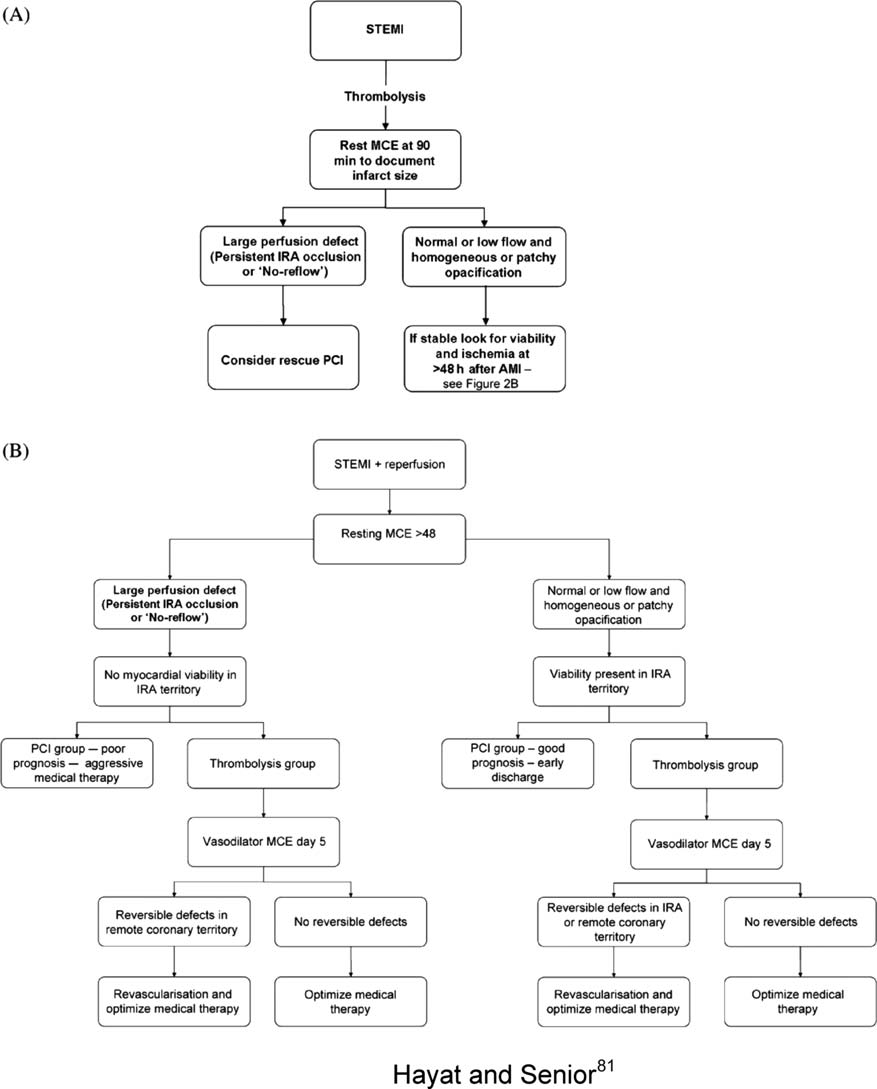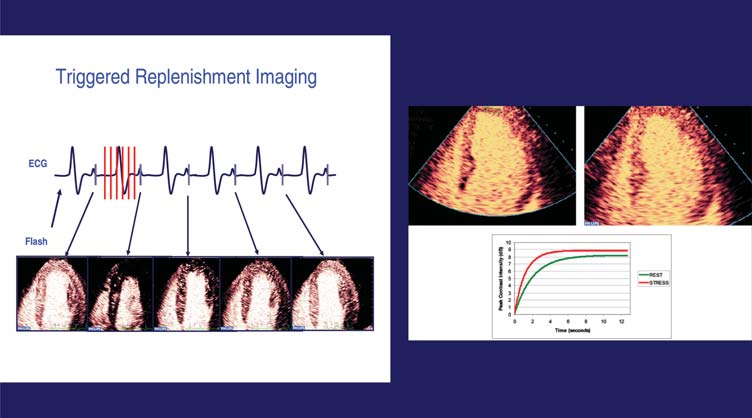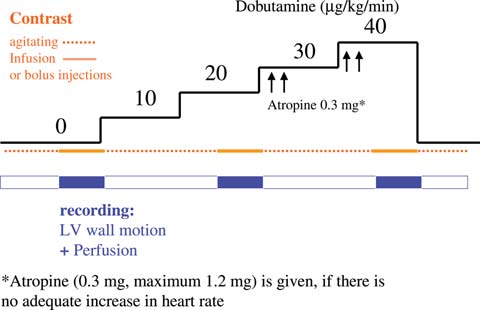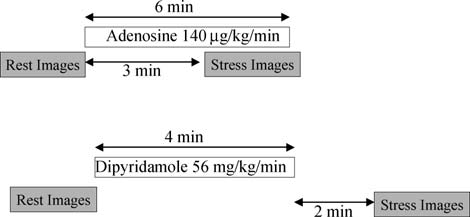Effect of divalproex on brain morphometry, chemistry, and function in youth at high-risk for bipolar disorder: a pilot study
JOURNAL OF CHILD AND ADOLESCENT PSYCHOPHARMACOLOGYVolume 19, Number 1, 2009 ª Mary Ann Liebert, Inc.Pp. 51–59DOI: 10.1089=cap.2008.060 Effect of Divalproex on Brain Morphometry, Chemistry, and Function in Youth at High-Risk for Bipolar Disorder: A Pilot Study Kiki Chang, M.D., Asya Karchemskiy, M.S., Ryan Kelley, B.A., Meghan Howe, M.S.W., Amy Garrett, Ph.D., Nancy Adleman, B.S., and Allan Reiss, M.D.








